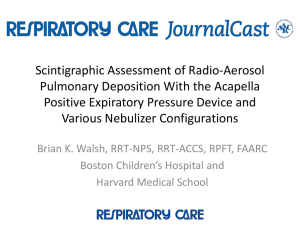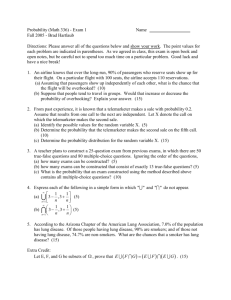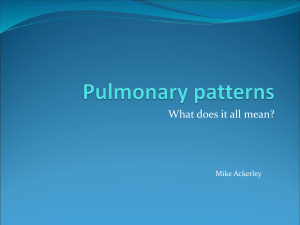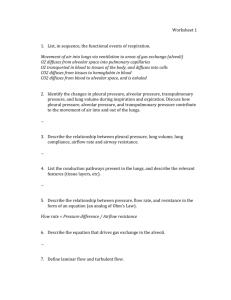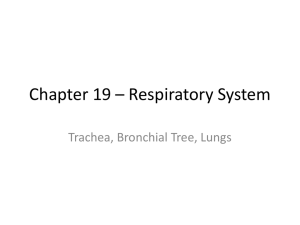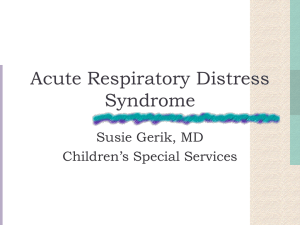Defense Systems of the Lung
advertisement
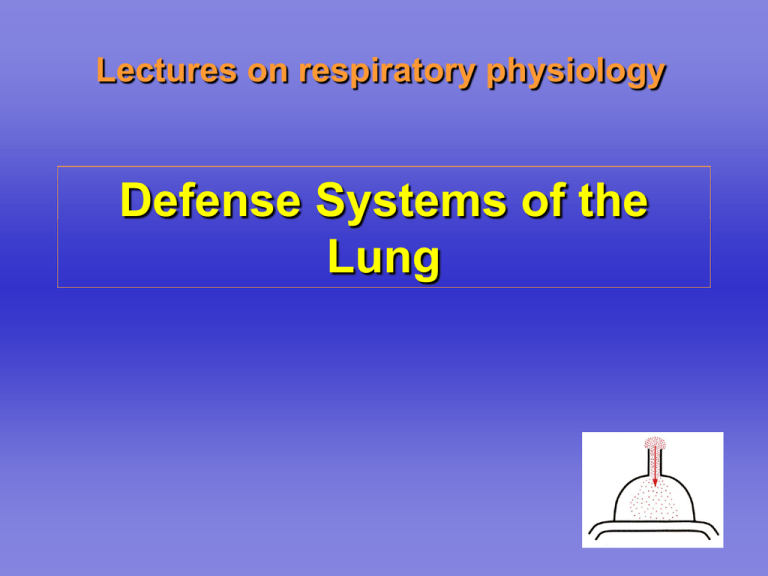
Lectures on respiratory physiology Defense Systems of the Lung Atmospheric Pollutants Carbon monoxide Sulfur oxides Nitrogen oxides Hydrocarbons Particulates Photochemical oxidants Types and sources of pollutants Perfect Lung Photochemical Oxidants hydrocarbons ozone, peroxyacyl nitrate, sunlight nitrogen oxides aldehydes, acrolein, etc. Examples of smog Perfect Lung Insidious effects of tobacco advertising Effects of cigarette smoke Carbon monoxide causes up to 10% hemoglobin “Tars” cause bronchial carcinoma Smoking causes chronic bronchitis, emphysema, bronchial carcinoma and coronary heart disease Cancer death rates (male) from 1930 to 2004 Effect of single cigarette on airways Behavior of Aerosols in the Lung Deposition Clearance Mechanisms of deposition of aerosol Perfect Lung Sites of aerosol deposition Perfect Lung Mechanisms of deposition of aerosol Perfect Lung Accumulation of dust in a coal-miner’s lung Mechanisms of deposition of aerosol Perfect Lung Clearance of Deposited Particles Mucociliary system Alveolar macrophages Clearance of deposited particles Mucociliary escalator Airway wall showing a mucous gland Normal airway (above); Enlarged mucous glands (below) Goblet Cell Mucociliary escalator Gel layer of the mucus above the sol layer Cilia just touching the gel layer Ciliary action Structure of microtubule; diagram (left), EM (right) Impairment of Normal Mucociliary Function Mucus: too much, or change in composition, e.g. chronic bronchitis, cystic fibrosis, asthma Cilia: paralysis by toxic gases bronchial epithelium destroyed congenital defect of ciliary motion Alveolar Macrophage Alveolar macrophage in the corner of an alveolus Impairment of Normal Macrophage Function Inhaled gases such as ozone, cigarette smoke Toxic particles such as silica Alveolar hypoxia, radiation, corticosteroids, alcohol ingestion





